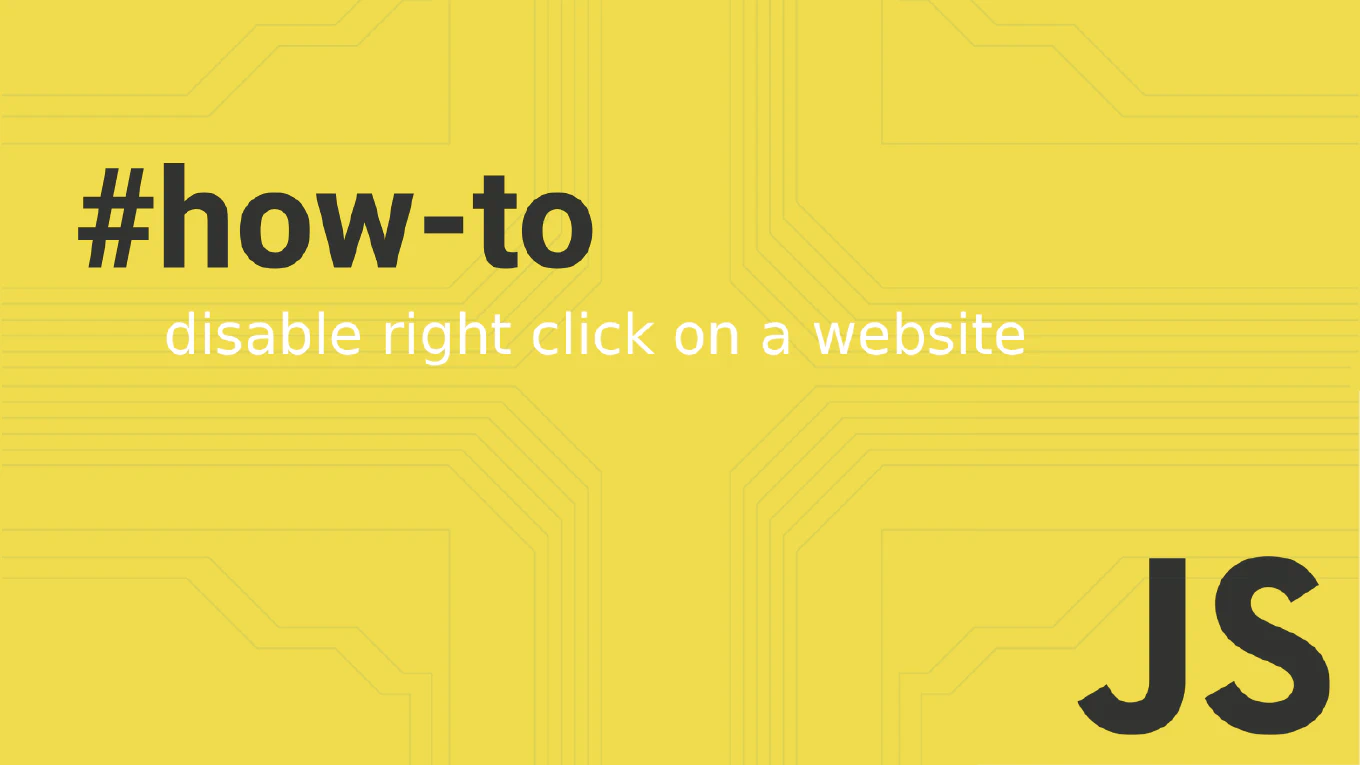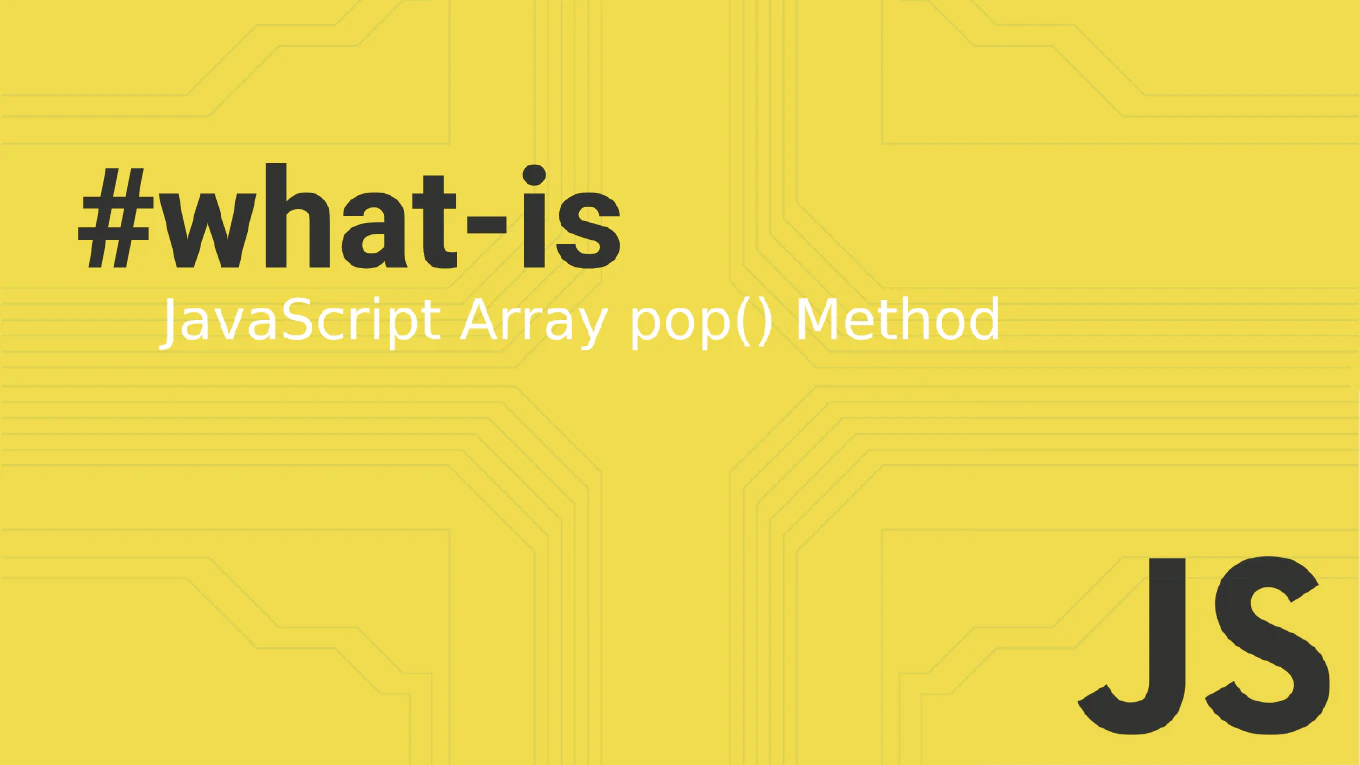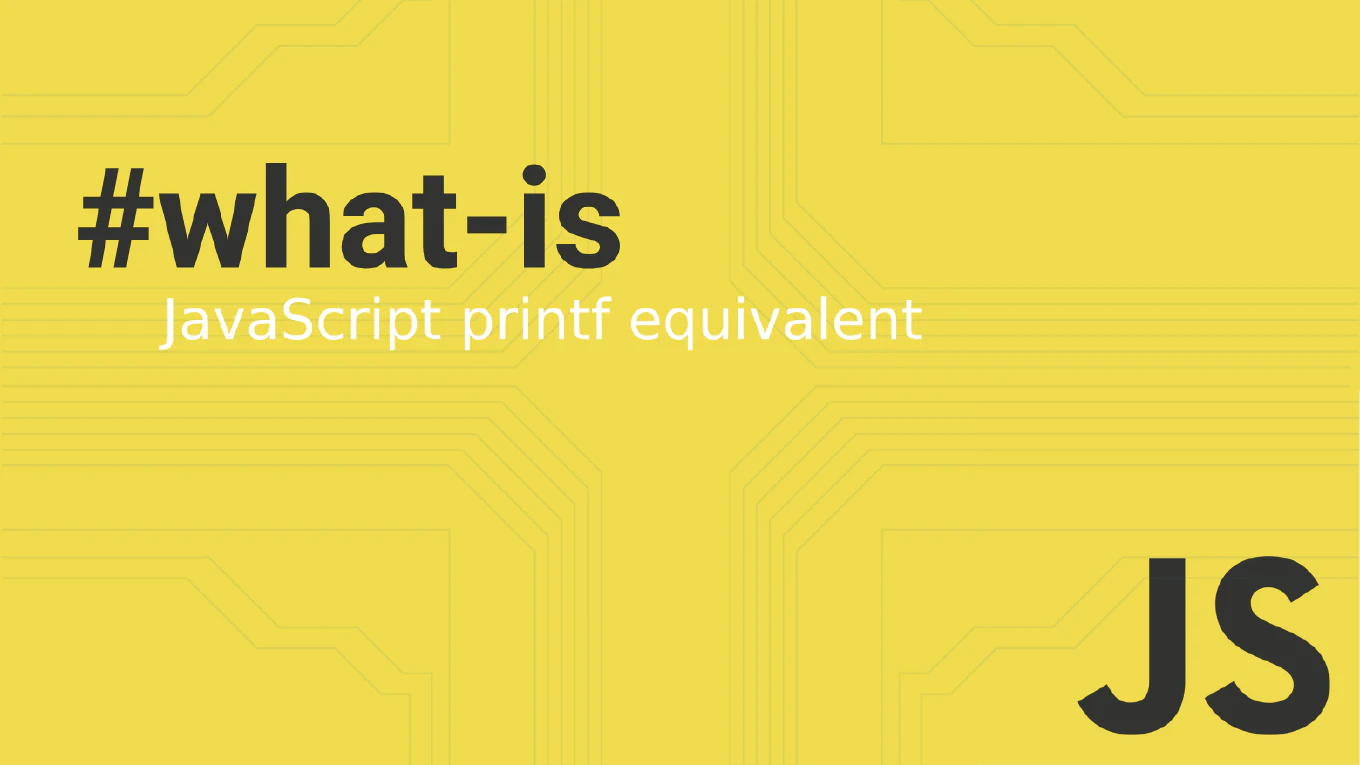How to push changes in Git
Pushing changes to remote repositories is essential for collaboration, backup, and sharing code with team members in distributed development workflows.
As the creator of CoreUI, a widely used open-source UI library, I’ve pushed thousands of commits to GitHub repositories, coordinating releases and collaborating with contributors worldwide.
From my expertise, the most standard approach is to use git push command after committing changes locally.
This method uploads your local commits to the remote repository, making them available to other developers and triggering CI/CD pipelines.
Use git push command to upload local commits to the remote repository.
git push origin main
The git push command uploads commits from your local branch to the corresponding branch on the remote repository. The syntax git push origin main specifies the remote name (origin) and branch name (main). If you’ve set up tracking between local and remote branches, you can simply use git push without additional parameters. Git will only push commits that don’t exist on the remote, maintaining the repository’s history integrity and enabling distributed collaboration.
Best Practice Note:
This is the same approach we use for CoreUI development to coordinate releases and maintain code quality.
Always pull latest changes with git pull before pushing to avoid conflicts, and use git push --set-upstream origin branch-name when pushing a new branch for the first time.







